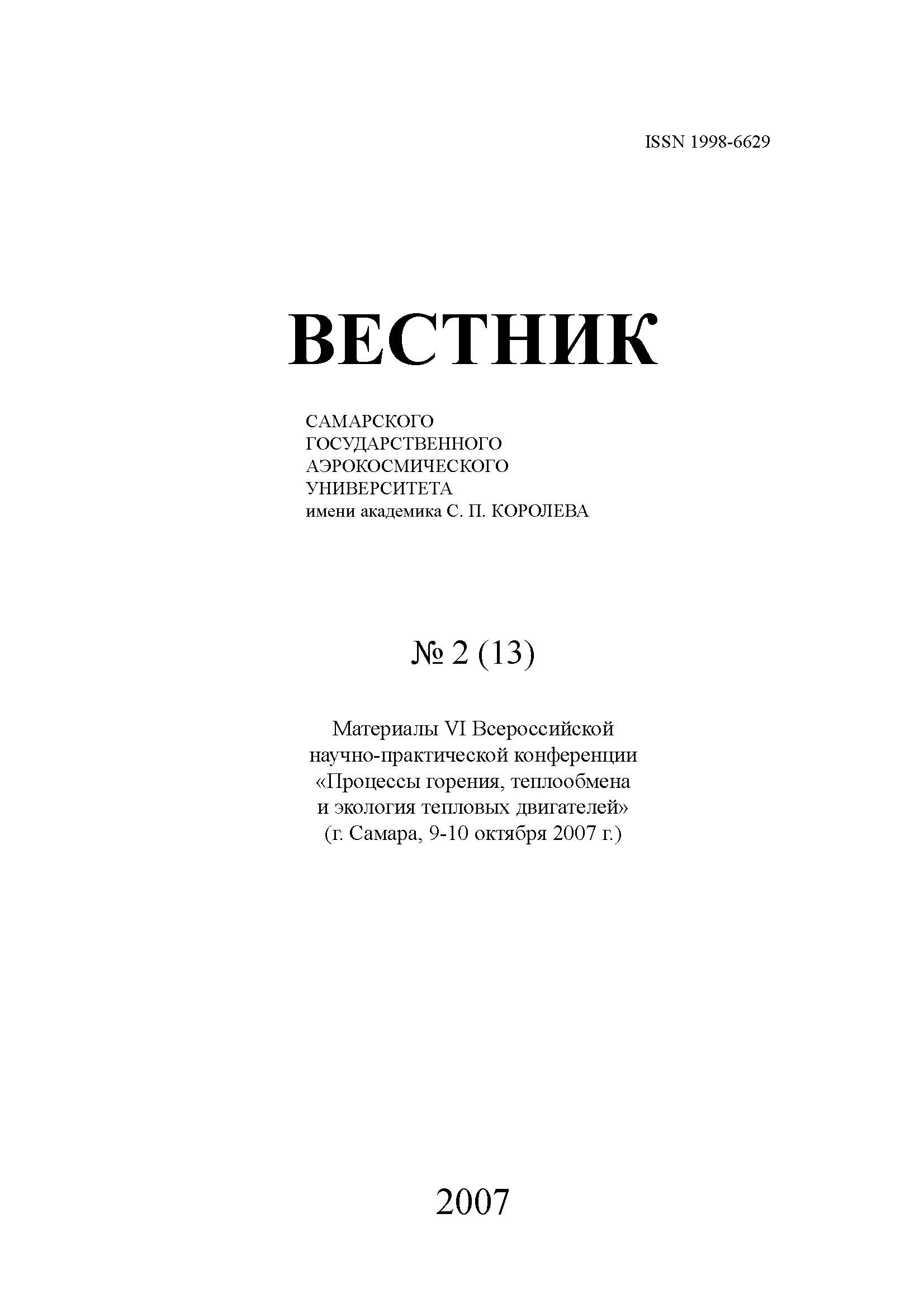Simulation of lean blow out process inside gas turbine combustor
- Authors: 1 11, 1 12, 1 11
-
Affiliations:
- JSC Aviadvigatel
- JSC «Aviadvigatel», Perm
- Issue: Vol 6, No 2 (2007): Special Issue
- Pages: 67-71
- Section: TECHNICAL SCIENCES
- URL: https://journals.ssau.ru/vestnik/article/view/514
- DOI: https://doi.org/10.18287/2541-7533-2007-0-2(13)-67-71
- ID: 514
Cite item
Full Text
Abstract
In this paper a model describing flame destabilization process is presented. This model takes into account various physical processes, which lead to flame destabilization. Results of simulation show a good agreement with obtained data of test. Nevertheless, the proposed approach requires further validation and development.
About the authors
1 1
JSC Aviadvigatel
Author for correspondence.
Email: sadohina@ssau.ru
Russian Federation
1 1
JSC «Aviadvigatel», Perm
Email: sadohina@ssau.ru
Russian Federation
1 1
JSC Aviadvigatel
Email: sadohina@ssau.ru
Russian Federation
References
- P. A. Libby and K. N.C. Bray. Implications of Laminar Flamelet Model in Premixed Turbulent Combustion, Combust. Flame, 39:33.
- C. H. Gibson and P. A. Libby. On turbulent, flows with fast chemical reaction. Part II - the distribution of reactants and products near a reacting surface. Combustion Science and Technology, Vol. 6, pp. 29-35, 1972.
- R. A. Williams. Recent advances in theoretical descriptions of turbulent diffusion flames. In S. N. B. Murthy; editor, Turbulent Mixing in Nonreactive and Reactive Flows, pp. 189-208, Plenum Press, New York, 1975.
- Yu.Ya.Buriko, V.R.Kuznetsov,D. V.Volkov, S. A. Zaitsev and A. F. Uryvsky. A test of a flamelet model for turbulent nonpremixed combustion Combustion and Flame, Volume 96, Issues 1-2, 1994, pp. 104-120.
- Fletcher R. S., Heywood J. B. A model for nitric oxide emissions from aircraft gas turbine engines. – AIAA Paper № 71-123.
- N. Peters. Laminar diffusion flamelet models in non-premixed turbulent combustion, Prog. Energy Combust. Sci., 1984, vol. 10, pp. 319-339.
Supplementary files





















